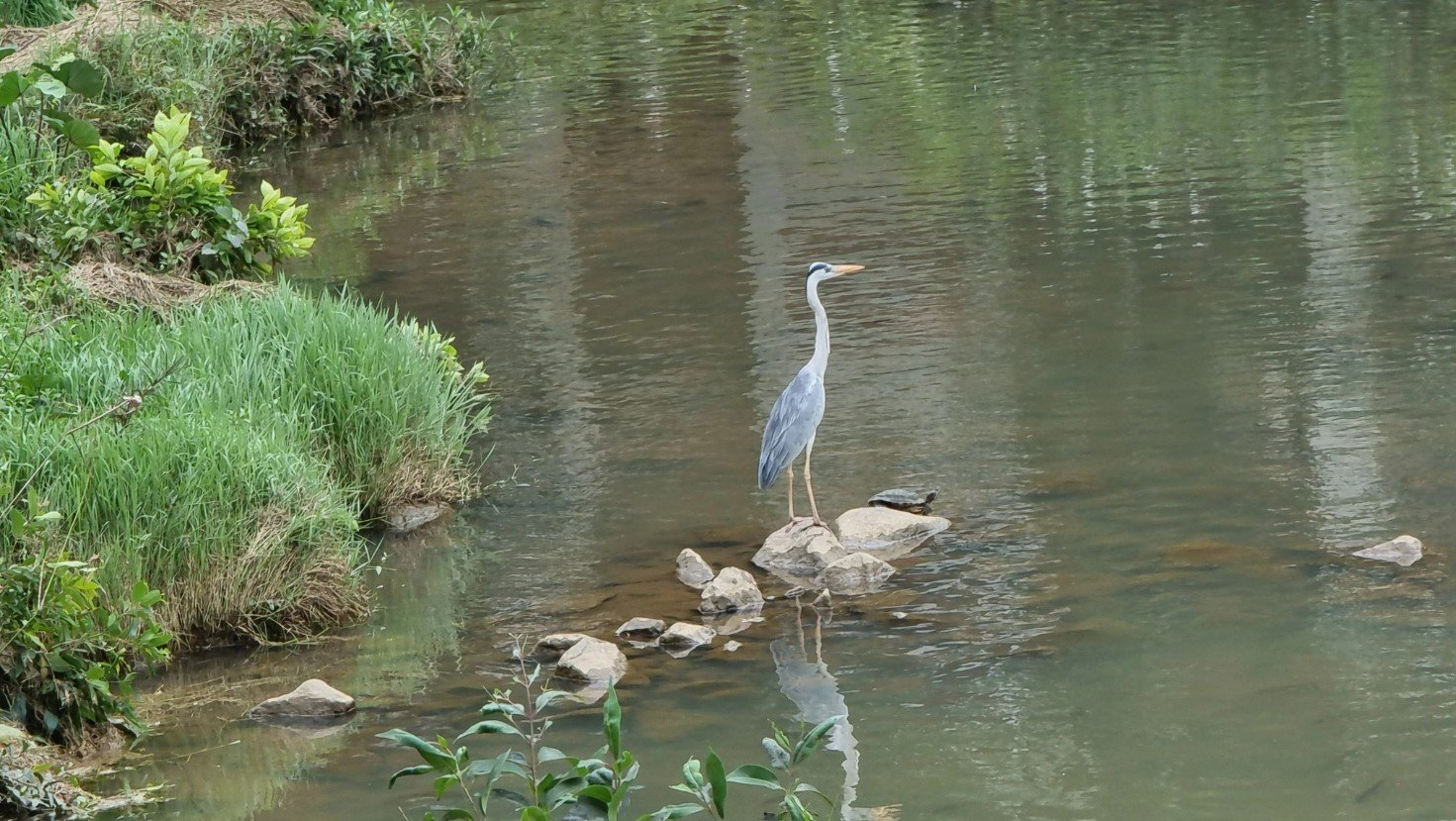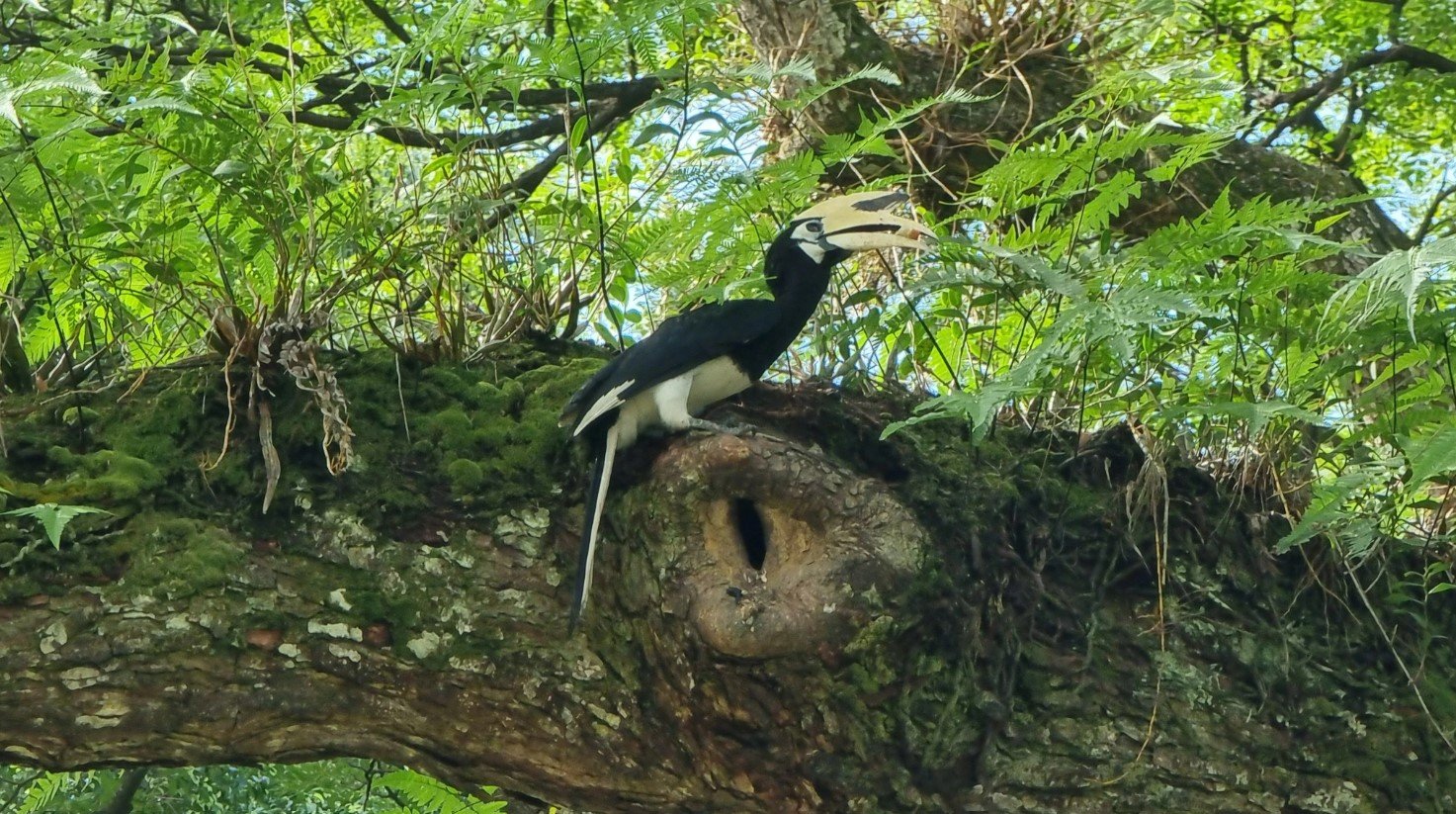Earth Day: Let's celebrate our Earth!
Every year, we celebrate Earth Day on 22 April. The theme for this year’s Earth Day is ‘Invest in our planet‘. With growing concerns of climate change, it is imperative that we play our parts individually and collectively to achieve the conservation and restoration of our planet Earth! 😀
The first Earth day was held in the United States 1970, and April 22 was chosen mainly to attract students to participate as most universities start spring break in April.
We can start to make a difference to reduce our disposed waste, water consumption and carbon footprint. Carbon footprint is defined as the total greenhouse gas emissions caused by an individual, event, organisation, service, place or product, expressed as carbon dioxide equivalent.
Everyone of us can play a part towards building a sustainable future for our generation and for future generations to come. We only have one Earth, and it is our duty to upkeep our environment so that the planet remains hospitable. It may seem that the effort of one might be insignificant, but together, we can make tangible changes as the citizens of the Earth in the long run.
Conserving the planet does not have to be an arduous task. Here are some small changes we can make to our everyday life to make a big difference collectively. Share them with your kids!
1) Reducing water and electricity consumption
Look around the house and see if there are electrical appliances that are still plugged in. Despite our constant need for electricity, we can all benefit by unplugging devices not in use, such as handphone / laptop chargers, computers, toasters, televisions and many more. Furthermore, we can turn off the lights once the room is not in use. With this simple action of unplugging, we can save money on electricity bills and reduce our greenhouse gas emissions!
In addition, we must acknowledge that Singapore has scarce natural resources, especially water. We can reduce our water consumption by turning off the shower head while we lather soap & shampoo or while we brush our teeth. With this change, we reduce our water bill and conserve our water usage as a nation.
“Let’s save some energy today!”
2) Reduce usage of disposables
Typically, we would use disposable cups, plates and utensils for birthday parties, cohesion events or for takeaway food. Research has shown that there will be an expected surge in the waste generated due to an increase in population. In fact, waste generated from all of us has been so vast that there is an “Island of Trash” floating in the ocean, also known as ‘The Great Pacific garbage patch’. It is a gyre (or vortex) of marine debris particles located in the central North Pacific Ocean.
Having said that, the surge in waste will lead to air pollution (when waste is incinerated), water pollution (dumping of waste into the ocean) and land pollution (domestic waste). Furthermore, Plastic objects are non-biodegradable and remain for a long time in the environment. Carelessly throwing non-biodegradable materials and other rubbish causes water and land pollution.
Given the sad state of affairs, we can play our part by purchasing reusable utensils, cups, plates, food containers and eco-friendly bottles for our eating & drinking uses. Consequently, this will reduce the air, water and land pollution significantly in the long run.
In an effort to curb excessive use of disposable carrier bags, some large supermarkets and retail outlets are charging for each bag used for goods purchased. You may consider purchasing reusable / eco-friendly tote bags for your groceries so that it can be used multiple times and to save money on charged carrier bags while saving the environment by reducing pollution brought about by excessive usage/discarding disposables.
“Let’s not use any plastic bags today!”
3) Take an interest in nature by going outdoors
Singapore has some amazing parks to walk around and observe the thriving flora and fauna that Singapore aims to accommodate in our urban backyard. On some occasions, you can see unique birds such as grey / purple herons, oriental pied hornbills, various kingfishers, eagles and many others flying around Singapore.
By visiting parks, we can appreciate the greenery and the animals that coexist with us. Some parks that you can visit are Bishan-AMK Park, Jurong Lake Garden and Gardens by the Bay.
(Photos taken by Teacher Bani Hakim - Left to Right: Grey Heron, Bishan Park, Oriental Pied Hornbill at Hamsptead Wetlands Park)
“Spend some time in a park with the family this weekend!”



4) Eating vegetarian meals and having less food wastage = less greenhouse gas emissions
We can also reduce our carbon footprint either by eating vegetarian food or wasting less food. BBC has recently reported that emissions would decrease by about 60% if the entire world became vegetarian and ate no red meat by 2050. There’s a plethora of tasty vegetarian dishes to try, such as vegetarian cai fan, Ulam or Bhattura.
Admittedly, going vegetarian might be a huge change for many of us. One option is to eat vegetarian meals occasionally (e.g., once a week) so that we can curb the amount of meat consumed, and thus reducing carbon footprint.
In addition, if less food is being wasted, less greenhouse gases will be emitted to transport and biodegrade the waste. Therefore, it would be wise to eat in moderation for the sake of our health and to achieve sustainable living.
“Let’s go try an impossible meatless meal!”
5) Cleaning up our spaces
If we have the time, we can partake in this physical activity to clean our parks and beaches. In addition, we need to foster the habit of not littering. In doing so, we can help keep the outdoors clean and we could potentially save animals from accidentally harming themselves. (e.g., turtles getting caught in plastic litter) and curb the resultant air, water and land pollution from littering.
“Spend a meaningful hour at the beach picking plastic bottles! Use metal thongs and gloves, of course :)”
6) Sell or Donate old items
By adopting the Reduce, Reuse, Recycle habit, we can choose to either sell them (e.g., via Carousell) or donate them instead of disposing all our old items. For instance, we can donate old clothing to Greensquare, ZARA, Uniqlo*, H&M, The Salvation Army, and several other options. (*Uniqlo only accepts Uniqlo branded apparel). By doing this, we are reducing waste generated from disposed items / clothing. On the other hand, if the second hand item is sold, making money while saving the planet seems great too. 🙂
“Kids, are there any old toys or clothings that you have outgrown? Pack them out today!”
7) Read broadly on environmental conservation to build a sustainable future
By reading up on eco-friendly habits / environmental conservation, we can slowly inculcate the habits in our every day lives, and where possible, influence our close friends and families to do the same. Therefore, we can improve the environment and with some habits, save money (e.g., reducing electricity consumption).
“Mummies and daddies, to celebrate Earth Day, perhaps you can bring the little ones to visit an exhibition to learn more about our Earth!”
Every little act will amount to significant change. As long as we individuals, corporations and government organizations make a continuous and conscientious effort toward environmental sustainability, we can achieve a better tomorrow today.
As Helen Keller once said, “Alone we can do so little; together we can do so much.”
We hope you’ve learned something today. Try some of these out and let us make a difference together! 😀
P6 MOE Science Upper Block Syllabus: Interactions (Man and its Environment)
Global warming
Greenhouse gases, mainly carbon dioxide, trap heat from the sun in the atmosphere. Global warming is the increase in temperature of the atmosphere due to excessive amounts of greenhouse gases.
The main cause of global warming is the burning of fossil fuels. Carbon dioxide is released when coal is burnt in power plants to produce electricity.
Deforestation also leads to global warming. There are fewer trees to take in carbon dioxide through photosynthesis.
Water, Land and Air Pollution
Haze (when forest are burnt), cigarette smoke, smoke released from factories and vehicles cause air pollution.
Plastic objects are non-biodegradable and remain for a long time in the environment. Carelessly throwing non-biodegradable materials and other rubbish causes water and land pollution.
Water pollution can be caused by chemical wastes produced by factories, fertilisers or pesticides used by farms and oil-spills.
Gases known as CFCs deplete the ozone layer. This causes harmful UV rays from the sun to enter the earth’s atmosphere. Note that the depletion of the ozone layer is not the same thing as global warming.
- Biological sciences
- BlogSS community
- Cycles: Matter
- Cycles: Plants Reproduction
- Diversity: Animals
- Diversity: Material
- Energy: Heat
- Everyday Science
- Interactions: Adaptations
- Interactions: Environment
- Interactions: Forces
- Learning about Learning
- P3 P4 Lower Block MOE Science
- P5 P6 Upper Block MOE Science
- Physical sciences











